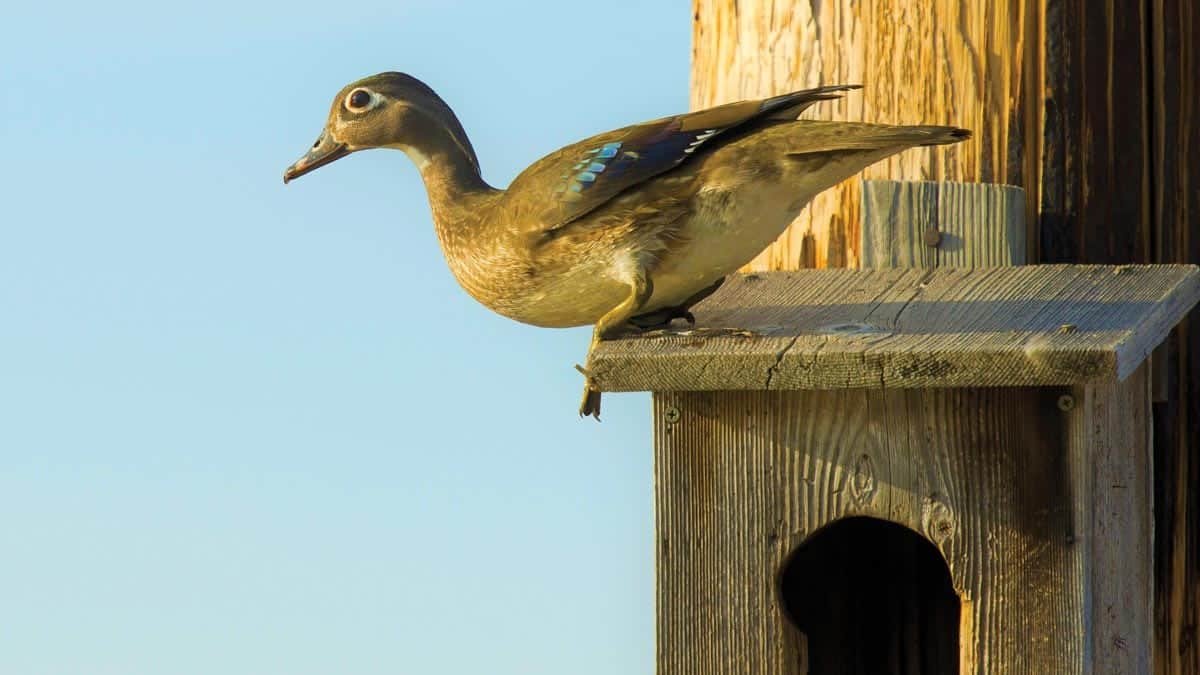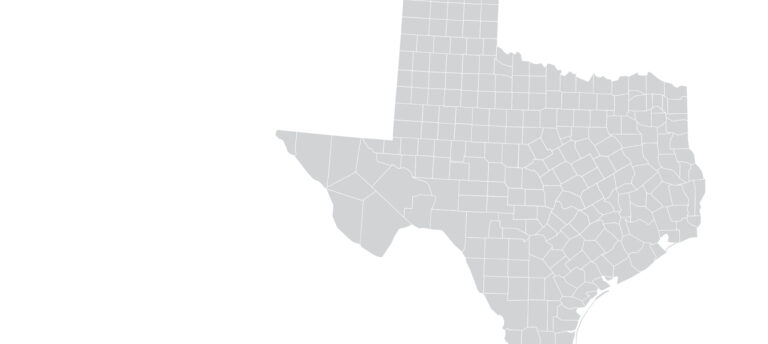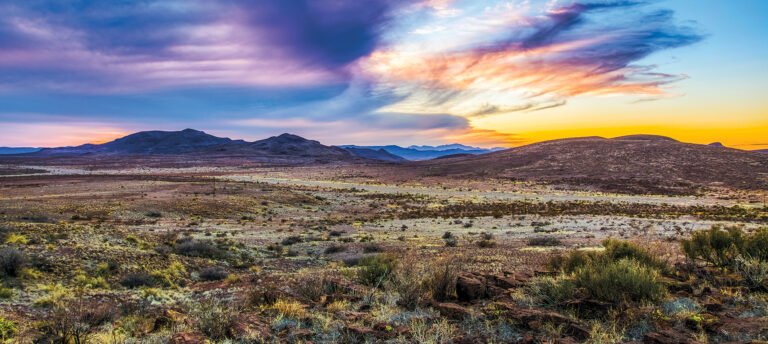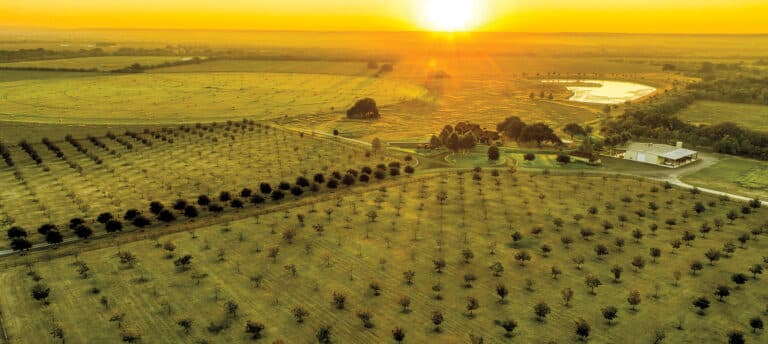Food, cover, water, and space. Sound familiar? Indeed, those are the basic habitat components that are central to the health all wildlife species. Though perhaps not as sexy as food or water, cover requirements for wildlife are often the weak links in the habitat equation for various wildlife. The two general functions of cover are to provide protection from predators and other animals that potentially pose harm to individuals, as well as to provide protection against climatic pressures. From an ecological standpoint, wildlife cover can be broken into several categories that serve specific needs, such as loafing, nesting, brooding, escape, roosting, and thermal regulation. When certain cover components are lacking, the habitability for a particular wildlife species is diminished, thus compromising the existence of localized populations of that wildlife species.
As wildlife stewards, one of our first orders of business should be understanding some of the basic principles of habitat management, and to know how to manage and manipulate resource components to ensure adequate habitability for species of interest. One of the fun parts of managing wildlife is using creativity to overcome habitat shortfalls. When these habitat shortfalls can be mitigated without a lot of time and financial investment, then these wildlife management successes can serve as silver bullets that incentivize us to become even more deeply committed to managing these wildlife resources. And though we may not be able to fool Mother Nature, we can often help her out through man-made products. Here are a few examples of artificial cover strategies that can be applied in any region of the state with minimal or modest effort.
Bats
No, not all bats are blood-sucking vampire bats. In fact, the earth would be a very different and poorer place without bats. The world is home to some 1,300 species of these flying mammals, with over 30 species that have been documented in Texas. The ecological roles that bats play in providing us with healthy natural ecosystems and how they contribute to human economies cannot be overstated. Certain species of bats consume untold tons of insects, including some types of insects that are damaging to agricultural crops, not to mention pesky mosquitoes and gnats. Other species of bats serve as important plant pollinators, including some in desert regions which serve as critical links in pollinating various agaves and cacti. Finally, fruit-eating bats are integral to seed dispersal in certain regions.
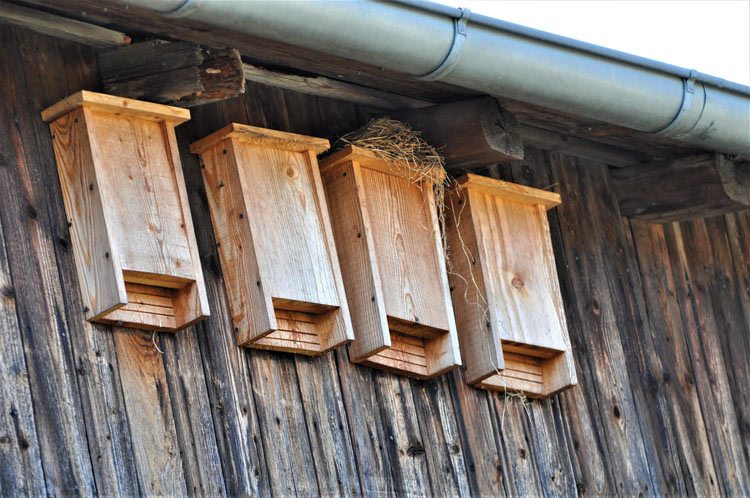
Due to diseases and habitat impacts, many species of bats are on the decline in various regions. Bat houses have become a popular and inexpensive option for people who are looking for ways to manage for wildlife diversity and one of the nice aspects of helping bats is that you do not have to have a large ranch to make a difference. Artificial bat houses, or what some refer to as bat boxes, are inexpensive and readily available through many different companies that can be found online. These artificial structures are simple in design, are not generally visually obtrusive, and provide various species of bats a needed place to roost, while also allowing females a place to rear their young pups.
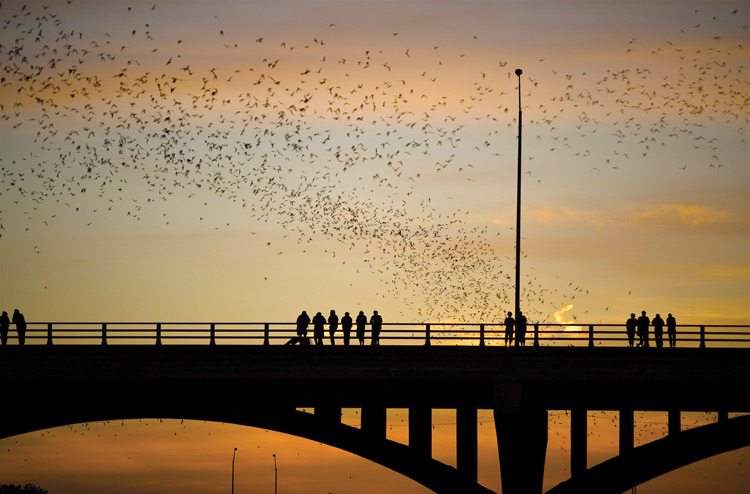
Birds
Often simply referred to as bluebird houses, bird boxes have long been a tool used for people to attract local wildlife for their own viewing pleasure. They’ve also been used to help restore wood ducks in areas that lack old trees with cavities near and around rivers, ponds, and flooded areas. Few people realize how many species of birds generally rely on cavities to build their nests and rear their young. Some of these Texas cavity-nesting birds include Carolina chickadee, Carolina wren, Bewick’s wren, house wren, tufted titmouse, eastern bluebird, purple martin, starling, red-headed woodpecker, wood duck, and many others.
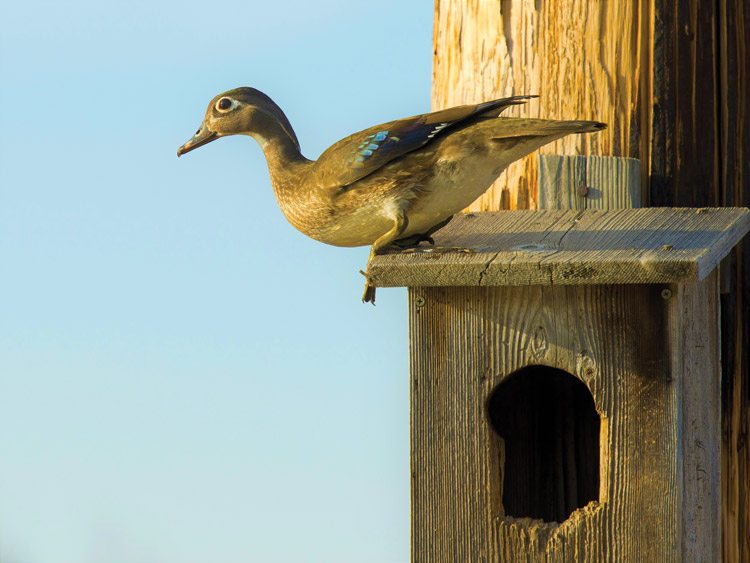
Like bat houses, bird boxes are readily available from many different outlets. Construction and installation of such structures can be a fun and rewarding experience and can make for excellent community programs, such as Eagle Scout projects. Strategies for proper construction, placement, varmint-proofing, and maintenance are all available by conducting online searches.
Bass
Structural features in ponds provide places for fish to hide from predators, nesting and spawning cover, shade from the sun, while also providing places for food organisms that feed fish to live and grow. These structural features may come in the form of aquatic plants, bank and soil surface areas, as well as other physical features including logs, docks, and rocks. While ponds are under construction, and even after ponds are full of water, a common pond management strategy is provision of artificial cover. These artificial cover sources can come in an assortment of products including oak pallets, concrete cinder blocks, pipes that are bundled together, and even old cars. Old tires are commonly used in private waters but seem to be a bit controversial regarding potential environmental impacts. A natural product that is often used is brush piles or even Christmas trees that are secured at their base with concrete blocks.
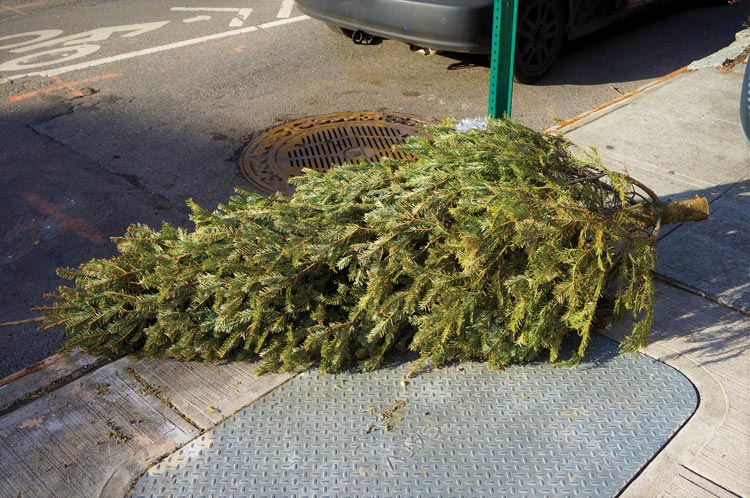
Make sure that these artificial cover structures are located away from swimming areas and are deep enough to avoid boat collisions. Position them in areas of the pond that do not already have existing cover, and position in areas where anglers can cast to these spots to access these locations where fish are often concentrated. Further, it’s good to place these structures at different depths with reasonable spatial distribution to appeal to different species of fish of different sizes. Make sure that these products do not contain any toxicants which may be harmful to the pond environment, including certain treated wood products.
1-d-1 wildlife valuation
Texas private landowners have an option to consider wildlife management, as opposed to traditional ag practices, to possibly qualify for their 1-d-1 open space valuation when paying their annual ad valorem taxes. Of the seven wildlife management practices that are recognized by the appraisal districts, the landowner must satisfy a minimum of three of these required practices; provision of artificial wildlife cover is one of the seven practices. Thus, landowners who provide these artificial habitat cover components are not simply benefiting wildlife, but they may also be putting themselves in a position to benefit in tax savings.
For assistance with your wildlife management or commercial hunting needs, contact the private firm of Wildlife Consultants, LLC at (325) 655-0877, owned by veteran wildlife biologists, Greg Simons and Ruben Cantu.
